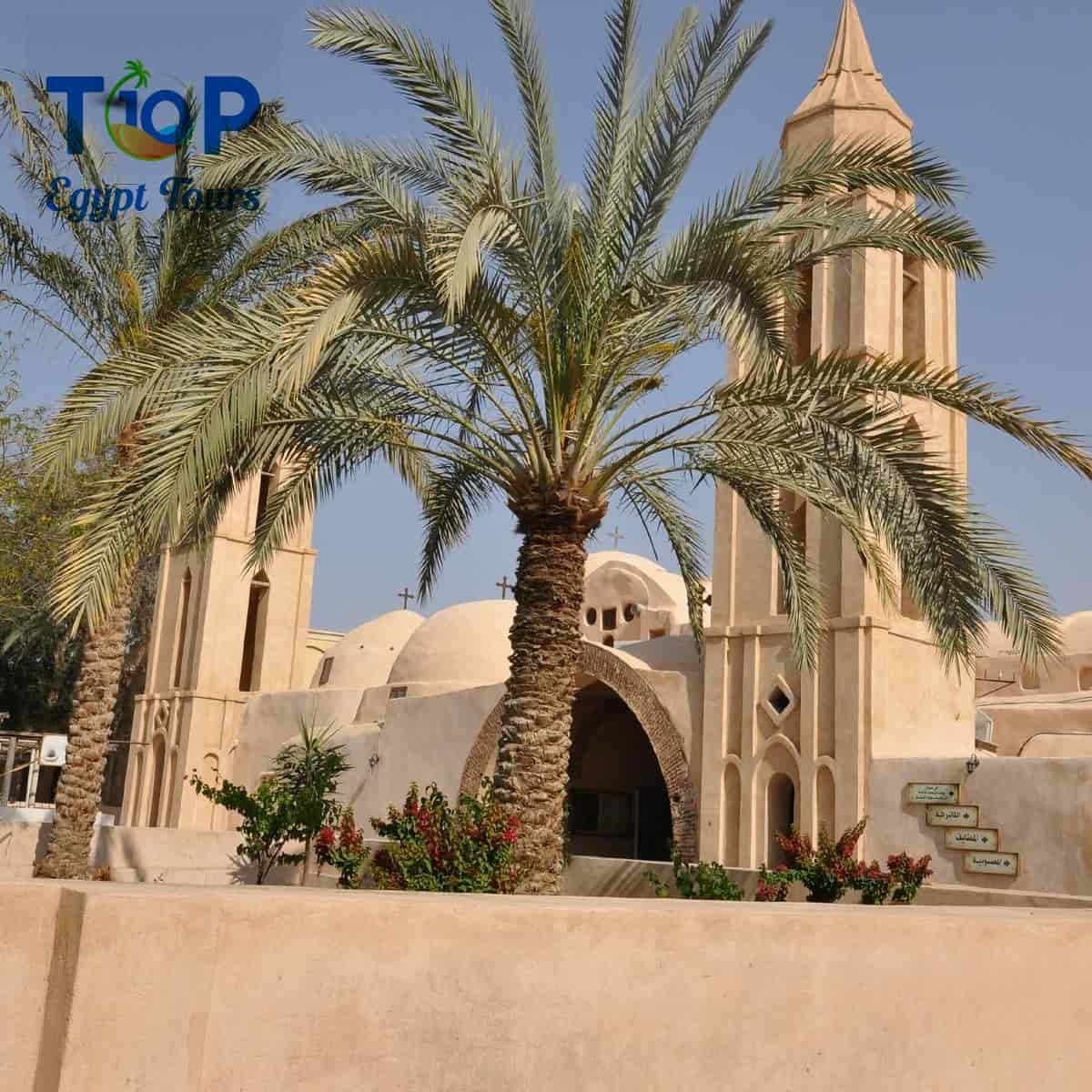Welcome to the enchanting realm of Wadi El-Natrun, a serene oasis nestled in the heart of Egypt. As we embark on a journey through this historical site, we delve into the echoes of the past, tracing the footsteps of Jesus in Egypt. Wadi El-Natrun, also known as the Valley of Natron, is a region steeped in history, culture, and spirituality. In this article, we will explore the significance of Wadi El-Natrun and its connection to the biblical narrative, offering a glimpse into the rich tapestry of Egyptian culture and traditions.
1. A Brief Overview of Wadi El-Natrun:
Situated in the western desert of Egypt, Wadi El-Natrun is a cluster of four interconnected valleys, each possessing its unique charm. Renowned for its natural beauty and spiritual significance, this oasis has been a haven for monks, hermits, and seekers of divine wisdom for centuries.
2. Historical and Spiritual Significance:
2.1 Early Christian Monasticism:
Wadi El-Natrun holds a distinguished place in the history of Christianity, as it became a cradle for early Christian monasticism. The region is home to several ancient monasteries, including the Monastery of Saint Macarius, the Monastery of Saint Pishoy, and the Monastery of Saint John the Baptist. These monastic establishments have preserved their spiritual legacy, attracting pilgrims and historians alike.
2.2 The Holy Family’s Journey:
Legend has it that Wadi El-Natrun was part of the journey taken by the Holy Family during their flight into Egypt. According to biblical accounts, Joseph, Mary, and the infant Jesus sought refuge in Egypt, leaving an indelible mark on the landscape of Wadi El-Natrun. Pilgrims often visit the area to retrace the steps of this sacred journey.
3. Architectural Marvels:
3.1 Monastery of Saint Macarius:
The Monastery of Saint Macarius, dating back to the 4th century, stands as a testament to the endurance of faith. Explore the labyrinthine corridors, adorned with vibrant murals and ancient artifacts, as you immerse yourself in the spiritual ambiance that has persisted for centuries.
3.2 Monastery of Saint Pishoy:
Named after the renowned Saint Pishoy, this monastery is a haven of tranquility. Its architecture reflects the Coptic influence, and its surroundings provide a peaceful retreat for contemplation and prayer.
4. Cultural Insights:
4.1 Coptic Christianity:
Wadi El-Natrun offers a unique window into Coptic Christianity, a branch with deep roots in Egyptian history. Visitors can witness the blending of religious practices, art, and daily life, gaining a profound understanding of the symbiotic relationship between culture and spirituality.
4.2 Local Traditions:
Engage with the local community to discover the traditions that have been passed down through generations. From traditional crafts to culinary delights, Wadi El-Natrun showcases the vibrant tapestry of Egyptian culture.
5. Events and Festivals:
Stay tuned to the local events and festivals celebrated in Wadi El-Natrun, where the community gathers to commemorate saints, share stories, and partake in joyful festivities. These events provide a firsthand experience of the living culture embedded in the heart of the oasis.
In concluding our exploration of Wadi El-Natrun, we find ourselves not only retracing the footsteps of Jesus in Egypt but also connecting with the enduring spirit of a land that has been a sanctuary for seekers of truth and wisdom. As travelers and pilgrims alike continue to flock to this sacred oasis, Wadi El-Natrun stands as a testament to the harmonious coexistence of history, culture, and spirituality in the heart of Egypt.



Comment (0)